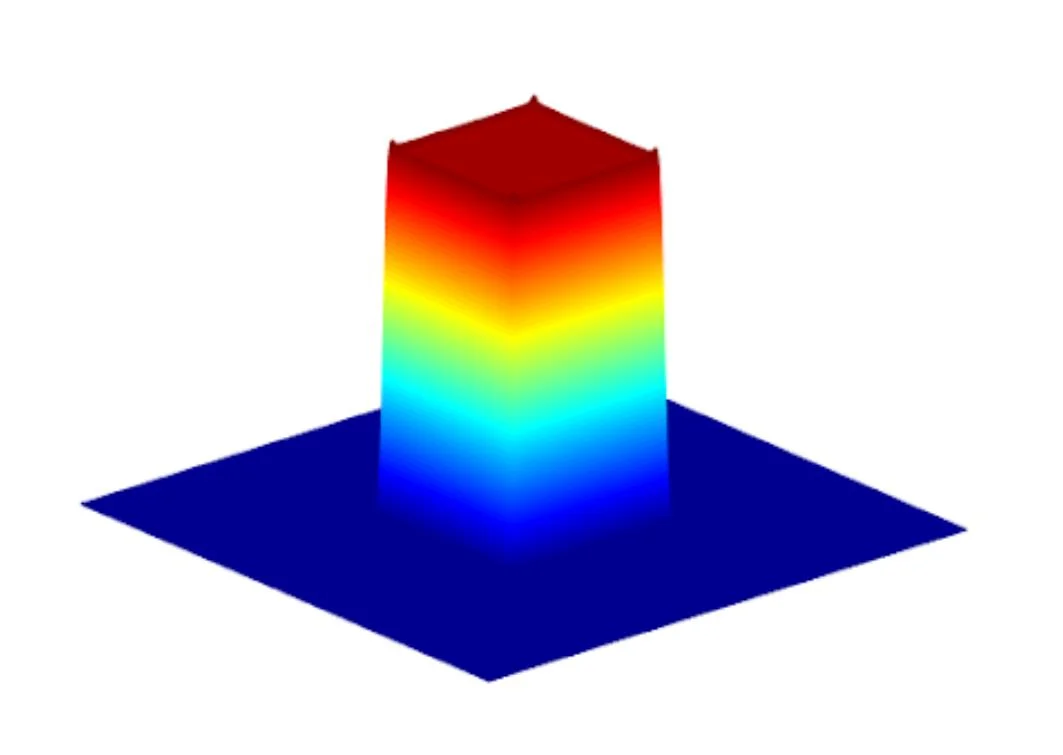The vast majority of laser beams exhibit a Gaussian irradiance profile. This means that their irradiance decays smoothly from the centre point towards the edges. In theory, a Gaussian irradiance profile is not bounded and thus it can expand indefinitely.
There are many applications in which this type of beam profile is undesirable as it would be beneficial to have a more homogenous distribution of the light power over a well-defined area. One such irradiance profile is the so-called Top Hat laser beam.
A Top Hat Laser beam is characterised by a plateau of uniform irradiance with sharp edges. This profile is often referred to as Top Hat since it resembles the erstwhile hat that was the height of gentleman’s fashion in the 19 century.
Applications of Top Hat laser beam
This type of beam irradiance profile is harnessed in many industry sectors where a laser beam needs to be focused into an area of precise shape and size. Among the different applications for Top Hat laser beams we can cite the following:
- Laser cutting.
- Hole drilling.
- Laser Scribing.
- Processing and metrology of semiconductor wafers.
- Medical laser treatment.
- Microscopy & Cytometry.
- DNA sequencing
and many others. Each application will demand its own type of Top Hat laser beam.
All these applications share a common objective which is to maintain a sharp border between treated areas and non-treated areas. This is something that is not possible to accomplish with Gaussian beams as their intensity is not well bounded and some finite percentage of the energy is wasted at the tails.
Methods for generating a Top Hat Laser beam
There is more than one method to generate a Top Hat laser beam. If the input Gaussian beam is a stable, highly coherent beam with a low M2 factor, a diffractive optical element, or simply DOE, in combination with a focus lens can be used to convert the Gaussian beam into a Top Hat beam at the focal plane, or far field. The diffractive optical element imparts a localised phase change to the beam that, after propagation, gives rise to a smooth flat top irradiance profile that has the desired shape.
Another method that is more suitable for less coherent beams with high M2 values is to use a flat top homogenising diffuser. In this method a diffusing element will mix the multi-mode input beam in a way that the output beam exhibits the desired Top Hat laser beam profile.








